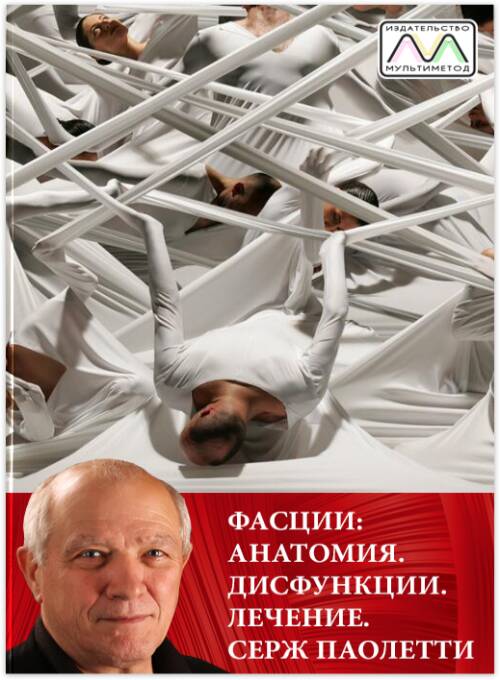 The fasciae comprise a wide variety of body tissues including the membranes, ligaments, tendons, and mesenteries. These tissues are all derived from the mesoderm, which undergoes coiling or rolling movements during embryonic development. This is the origin of the inherent micromovements, or motility, that are so important in many osteopathic approaches to diagnosis and treatment. The fasciae are found at every level of the body and constitute a basic element of human physiology. They serve as the body’s first line of defense, acting independently of the central nervous system, which is why they are referred to as a peripheral brain. From a mechanical point of view, the fasciae are organized in chains to defend the body against restrictions. When a restriction goes beyond a specific threshold, the fasciae respond by modifying their viscoelasticity, changing the collagenic fibers, and transforming healthy fascial chains into lesional chains. The fasciae keep a record of every trauma that causes a change in motility. Through the sensitivity of trained hands, we are able to perceive movements on a microlevel and can thus detect motility disturbances, which reveal the medical history of a patient. Remedial techniques, adapted to each patient, can restore normal motility. In this way, fascial disturbances can be overcome, allowing the body to recover its normal physiological functions. For this reason, we can say that the health of every person is reflected in large part in the fasciae. The Fasciae: Anatomy, Dysfunction and Treatment is the first book to organize the wealth of available information concerning fascial tissues from the fields of embryology, anatomy, histology, and pathology. It describes the roles and mechanisms of the fasciae, and details appropriate testing and treatment techniques. The book is richly illustrated with color and black and white drawings.
The fasciae comprise a wide variety of body tissues including the membranes, ligaments, tendons, and mesenteries. These tissues are all derived from the mesoderm, which undergoes coiling or rolling movements during embryonic development. This is the origin of the inherent micromovements, or motility, that are so important in many osteopathic approaches to diagnosis and treatment. The fasciae are found at every level of the body and constitute a basic element of human physiology. They serve as the body’s first line of defense, acting independently of the central nervous system, which is why they are referred to as a peripheral brain. From a mechanical point of view, the fasciae are organized in chains to defend the body against restrictions. When a restriction goes beyond a specific threshold, the fasciae respond by modifying their viscoelasticity, changing the collagenic fibers, and transforming healthy fascial chains into lesional chains. The fasciae keep a record of every trauma that causes a change in motility. Through the sensitivity of trained hands, we are able to perceive movements on a microlevel and can thus detect motility disturbances, which reveal the medical history of a patient. Remedial techniques, adapted to each patient, can restore normal motility. In this way, fascial disturbances can be overcome, allowing the body to recover its normal physiological functions. For this reason, we can say that the health of every person is reflected in large part in the fasciae. The Fasciae: Anatomy, Dysfunction and Treatment is the first book to organize the wealth of available information concerning fascial tissues from the fields of embryology, anatomy, histology, and pathology. It describes the roles and mechanisms of the fasciae, and details appropriate testing and treatment techniques. The book is richly illustrated with color and black and white drawings.
